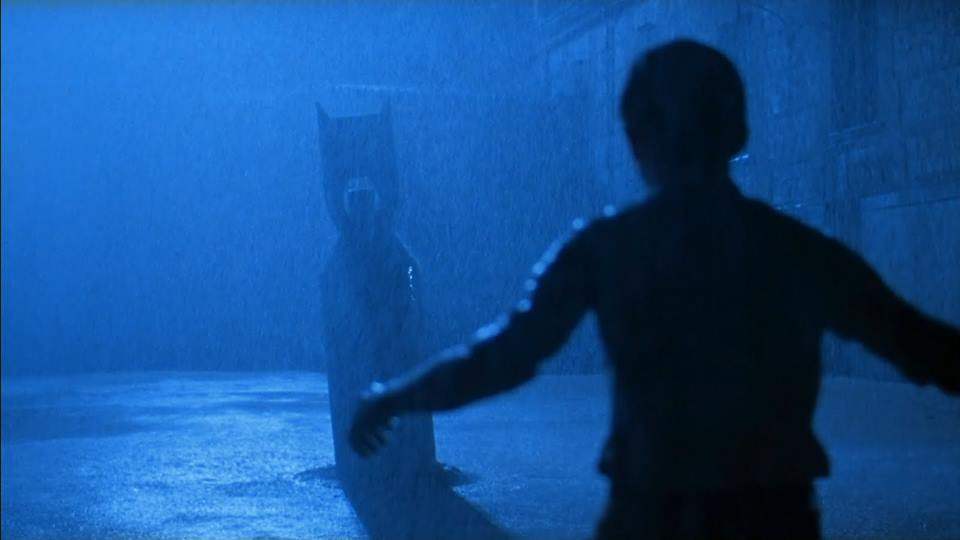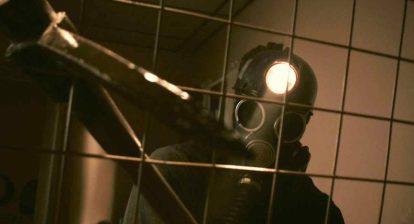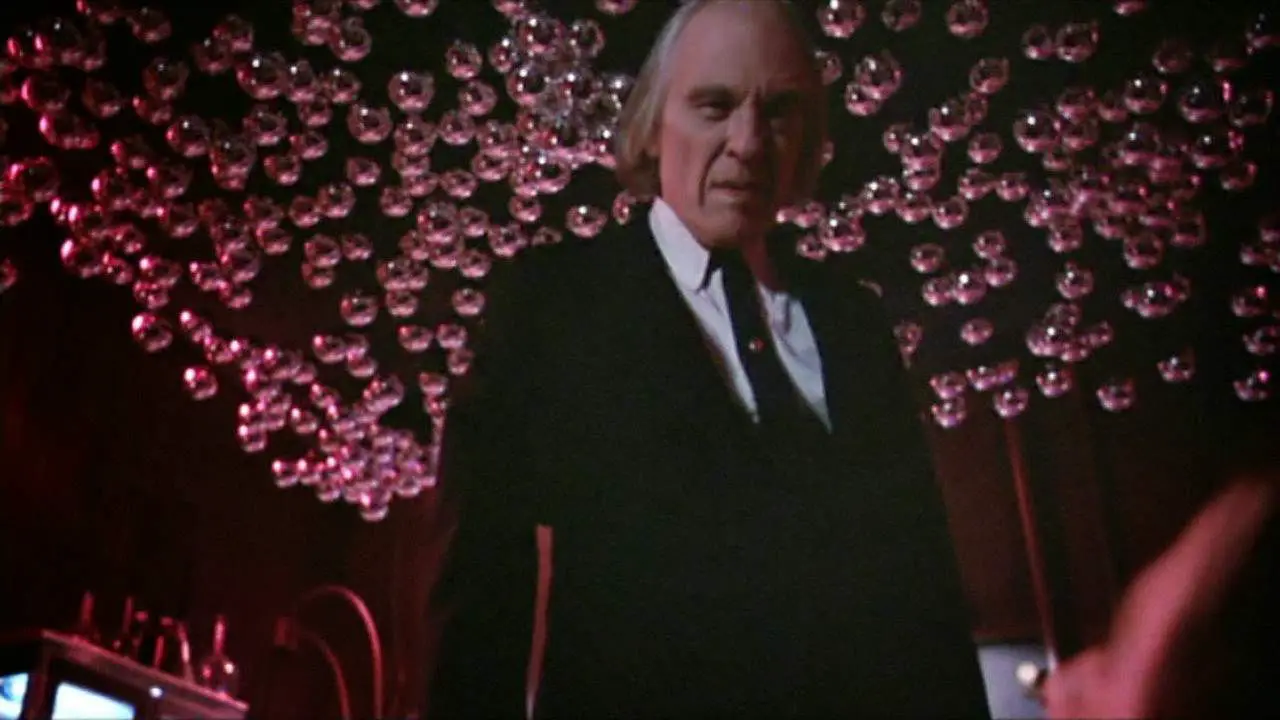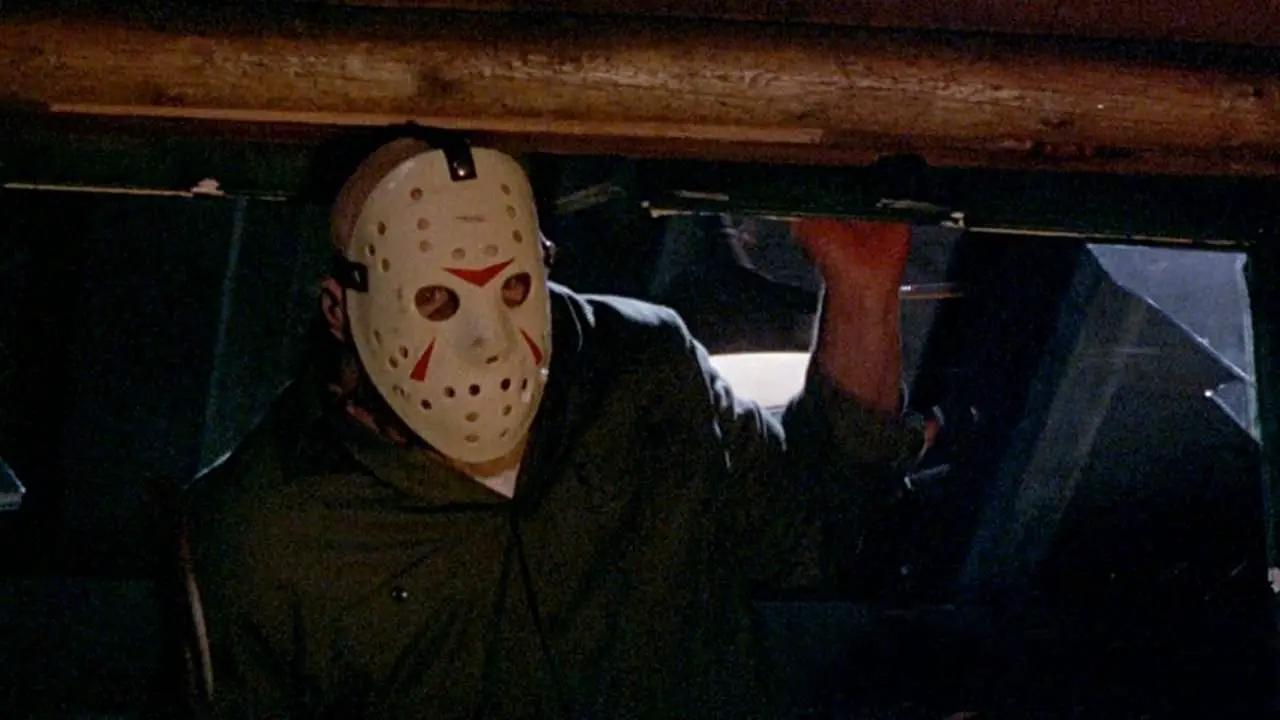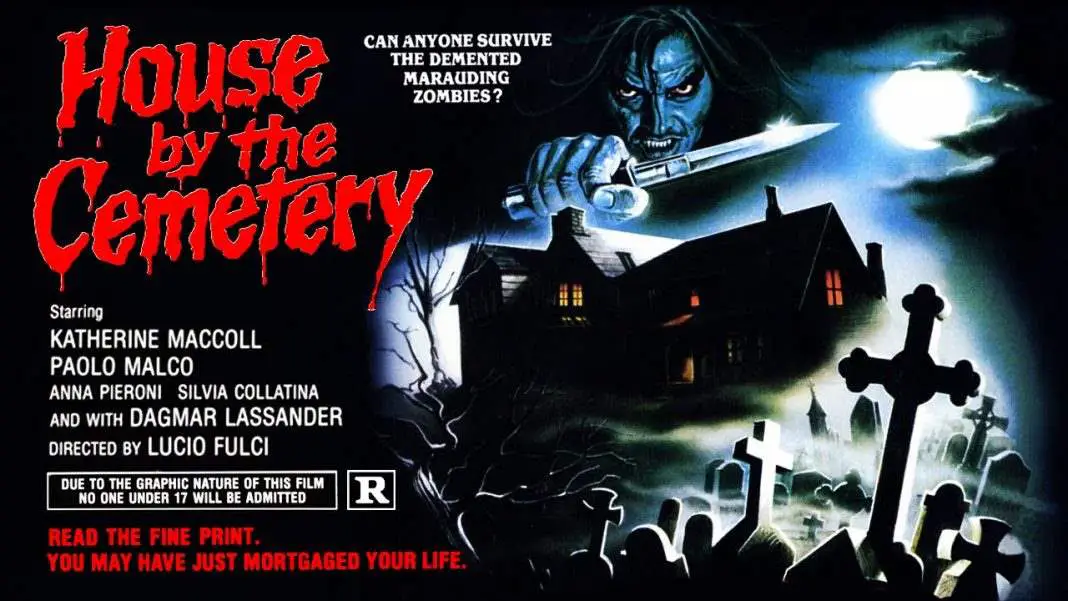Different creators are attracted to different things, whether they be ideas or periods in history or even places. Stephen King has written the bulk of his works around the same small New England towns, John Carpenter and George Romero were both fixated on the Reagan era, and Guillermo del Toro has a keen interest in the Spanish Civil War. His area of interest is much more specific, of course, but that only makes it more interesting. What is it about this war that led del Toro to direct two feature films about it only a few years apart. What more was there to say?
On one level, there’s the important note of heritage. Del Toro is a Mexican director who has created content relevant to his own Spanish lineage as opposed to yet another depiction of white battles that have been covered over and over again throughout history like, say, the American Civil War or especially the American Revolution. It’s also worth pointing out that most war films are, well, war films. They fall into their own category. Both of del Toro’s features, however, are horror. Yes, Pan’s Labyrinth is very much a fantasy movie, but horror is a huge aspect of it.
In America, war is either dramatized or turned into an epic adventure even though the reality is that it’s one of the most horrific things imaginable. That’s no secret, yet there’s an urge to narrow it down. There are exceptions of course, indie films that portray the harsher realities. But those are less and less. Even in features like Platoon and Apocalypse Now the horrific scenes were a few harsh moments to spike up the narrative, but weren’t the norm for either one.
That’s not the case in either The Devil’s Backbone or Pan’s Labyrinth. In both cases, the supernatural horrors are secondary to the stark reality of the situation. One of the most beautiful things about The Devil’s Backbone in particular is the bomb that has been lodged in the school’s courtyard. It sits there through the whole film. It’s really another character in some ways, this thing that sits there and could go off at any time. Ghost story aside, here is a horrifying reminder to these characters that they could die at any moment.Del Toro has said in a few interviews that he felt his first movie was The Devil’s Backbone. He had of course directed Cronos and Mimic before that, but The Devil’s Backbone was—according to the director—the first time he had both an extremely personal vision and the money to accomplish said vision the way he wanted to. After Mimic and the extremely difficult clash with the studio he had faced at that time, del Toro could not get anything made in the States. Before it even came down to the content of Devil’s Backbone, del Toro was already going back to his roots simply by making the picture in Spanish. The historical perspective was really almost another layer of that.
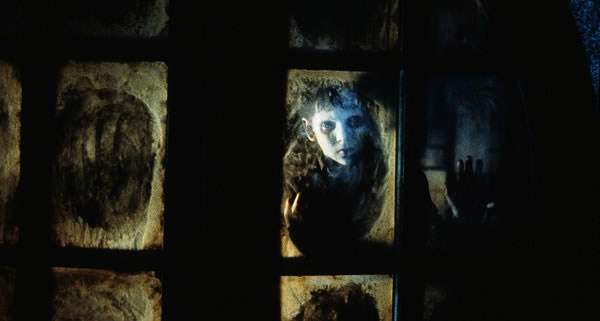 After the success of Hellboy, del Toro wound up doing Pan’s Labyrinth for reasons that were both very different and yet strikingly similar to why he had done Devil’s Backbone right after Mimic. This time he was coming off of a great success, which was very different from Devil’s Backbone. But he also expressed the need to do something personal, again going back to the Spanish Civil War because it was a history he had grown up reading about, being told about. It was an event that he had come to know as one of the most horrific, yet unrecognized, times in history. The director has also said that he made Mimic for his daughter in some ways, or at least made it about fears he had for a young girl growing up in a world that looks grimmer and grimmer with each passing day.
After the success of Hellboy, del Toro wound up doing Pan’s Labyrinth for reasons that were both very different and yet strikingly similar to why he had done Devil’s Backbone right after Mimic. This time he was coming off of a great success, which was very different from Devil’s Backbone. But he also expressed the need to do something personal, again going back to the Spanish Civil War because it was a history he had grown up reading about, being told about. It was an event that he had come to know as one of the most horrific, yet unrecognized, times in history. The director has also said that he made Mimic for his daughter in some ways, or at least made it about fears he had for a young girl growing up in a world that looks grimmer and grimmer with each passing day.
In Pan’s Labyrinth it’s a young woman forced to grow up in the hellish climate of the Spanish Civil War, being subjected to things no child—or adult, for that matter—should ever have to see. She disappears inside of a fantasy to escape the real-life horrors that are always waiting for her. Even if the fantasy elements are real or not in the context of the narrative, they still represent an escape. The Faun offers her a way out and she takes it.
As strange and imaginative as his films are, Guillermo del Toro is a very personal filmmaker. Cronos, Pan’s Labyrinth, The Devil’s Backbone, each of them includes extremely relevant arcs to parallel his own life and his own experiences. All directors bring this to some degree, but del Toro is acutely aware of it in a way that not all directors are. The Devil’s Backbone and Pan’s Labyrinth deal with the same subject matter, but they are very different movies. They are not the same story about the Spanish Civil War done over again, instead both pictures say very different things about it. But in their respective portrayals, they compliment each other very well. That’s as good a reason to explore the same subject twice as any. In fact, in order to truly delve into the subject and to treat it fairly and openly, this kind of approach is almost necessary.

